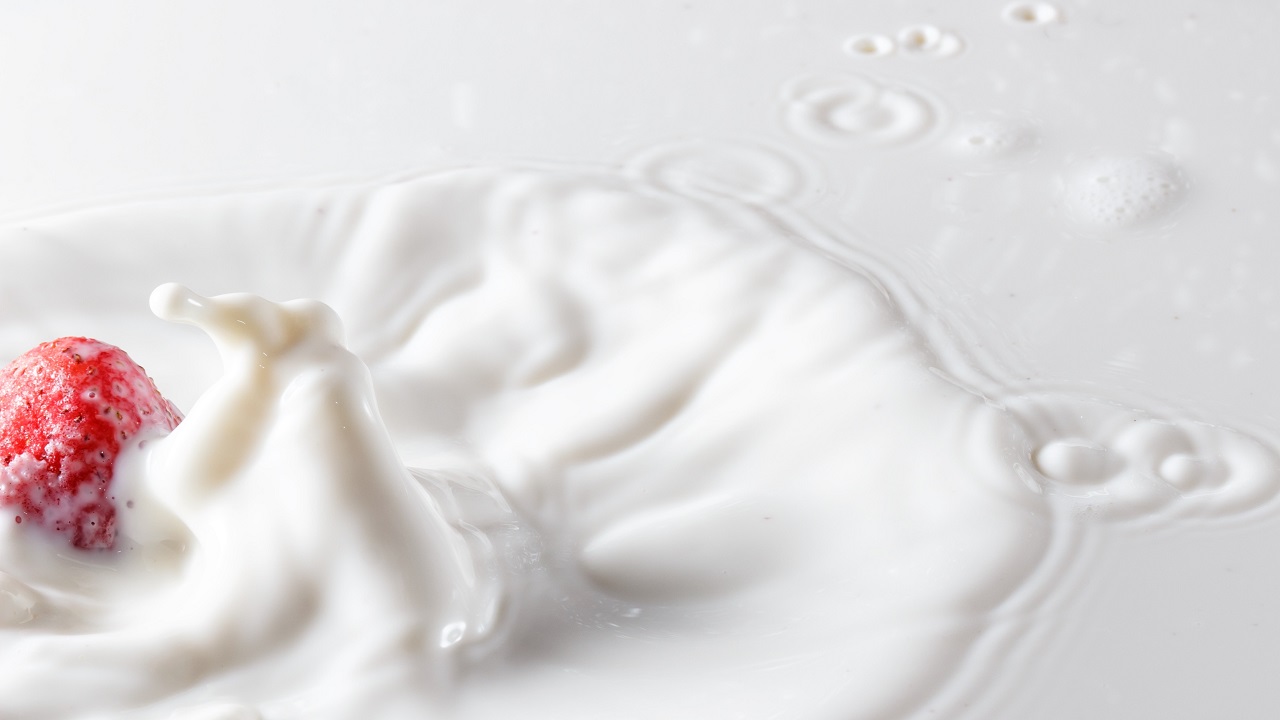
Westpac economists are now picking that the farmgate milk price this season will hit $10 per kilogram of milk solids for the first time ever.
And Westpac senior economist Michael Gordon says there are "upside risks" to that forecast.
ASB economists have also raised their forecast - to $9.75.
This follows another strong performance at this week's GlobalDairyTrade auction. Prices are up by over 20% in 2024.
BNZ economists raised their forecast to $9.75 last week, while global dairy giant Fonterra also last week raised its official milk price forecast range to $9-$10. If the 'midpoint' of that forecast were to be achieved - IE $9.50 - it will be a record, beating the $9.30 paid in the 2021-22 season.
Should the Westpac forecast prove correct, that will be an even bigger record, and the first double-digit price - though Gordon notes that there have been four previous years where the milk price was higher in inflation-adjusted terms.
"It should also be noted that none of those previous highs were sustained, and in some cases were followed by sharply lower prices in the following season," he said.
"Adjusting for general inflation also understates the degree to which on-farm costs have risen in recent years. DairyNZ currently estimates a breakeven price of $8.15/kg for a typical dairy farm, up from $8.01/kg last season.
"That said, a $10 milk price would leave substantial room for farmers to spend and invest more, even after catching up on maintenance and other costs that might have been deferred during the previous tougher season.
"A $10/kg milk price, along with an increase in milk volumes that is shaping up to be in the order of 2%, would mean around $3.5 billion of additional revenue for Fonterra’s suppliers compared to last season (and $4.5 billion in total if this experience is repeated across the other dairy companies).
"After allowing for an increase in costs, this suggests about $4 billion of extra discretionary income for dairy farmers this year, equal to around 1% of GDP," Gordon said.
He said the key reason for the improving milk price outlook is that Chinese buyers are now clearly returning to the market in force, having been notably absent earlier in the year. China significantly reduced its imports of dairy products in 2023 and 2024 compared to previous years, which appeared to be due to a combination of softening demand and a surge in their own production as they looked to increase their self-sufficiency in areas like food
"However, it’s becoming more apparent now that the pullback in their imports has left them significantly understocked, especially for milk powders. China’s own dairy industry is still struggling with an oversupply of liquid milk, some of which is being dried into powders in order to be able to store it – but it appears they don’t have the capacity to make up for the extent of the shortfall in imports."
Gordon said the more aggressively that dairy prices are bid up in the near term, the more risk of a sharp decline once Chinese buyers step back again.
"In that respect, we actually see some upside risk to our already-strong milk price forecast of $10/kg for this season. But in our view, the further that it rises above this level, the more downside risk there would be for next season’s milk price."
This is the dairy industry payout history.
Dairy prices
Select chart tabs
1 Comments
China’s own dairy industry is still struggling with an oversupply of liquid milk, some of which is being dried into powders in order to be able to store it – but it appears they don’t have the capacity to make up for the extent of the shortfall in imports."
Consumer demand for dairy products in China is very price sensitive now. Similarly across Asia. Someone has to take a haircut across the value chain.
China dairy giant Yili understands this. Very impressed with what they've been doing across China and Asia with their ice cream brand. When the consumer catches on and they work put how to leverage physical / mental availability, Unilever and Nestle have serious challenges.

We welcome your comments below. If you are not already registered, please register to comment.
Remember we welcome robust, respectful and insightful debate. We don't welcome abusive or defamatory comments and will de-register those repeatedly making such comments. Our current comment policy is here.